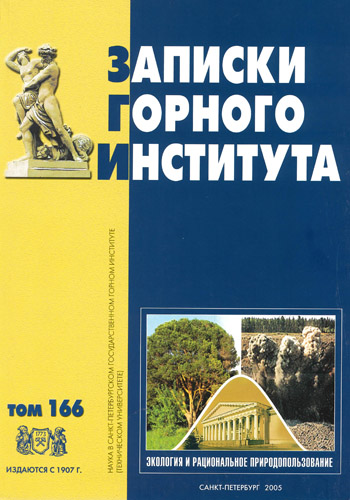Modeling of thermohydrodynamic and chemical processes in geothermal reservoirs
- Kamchatka State Pedagogical University
Abstract
Data on fluid chemistry and rock mineralogy are evaluated for a number of geothermal fields located in the volcanic arc of Japan and Kamchatka (Russia). Common chemical characteristics are identified and used to define scenarios for detailed numerical simulations of coupled thermohydrodynamic-chemical (THC) processes. The following scenarios of upward flow of parental geothermal fluid were investigated: single-phase conditions, 260°C at the bottom, two-phase conditions 300C at the bottom, heat pipe conditions, 260°C at the bottom. According to the results of THC modeling for the single-phase upward flow scenario, the main secondary minerals in the productive zone are wairakite, quartz, K-feldspar and chlorite. THC modeling of the two-phase upward flow scenario shows quartz, K-feldspar (microcline), wairakite and calcite as the major secondary minerals in the productive zone in the model. THC modeling of heat pipe conditions shows no significant secondary mineral deposition. Secondary mineral deposition can lead to significant porosity reduction over a century time period under mass-flow conditions, and complete fracture sealing will occur within sufficient time under both single-phase and two-phase upward flow scenarios.
